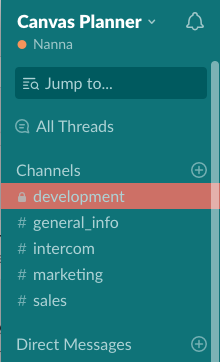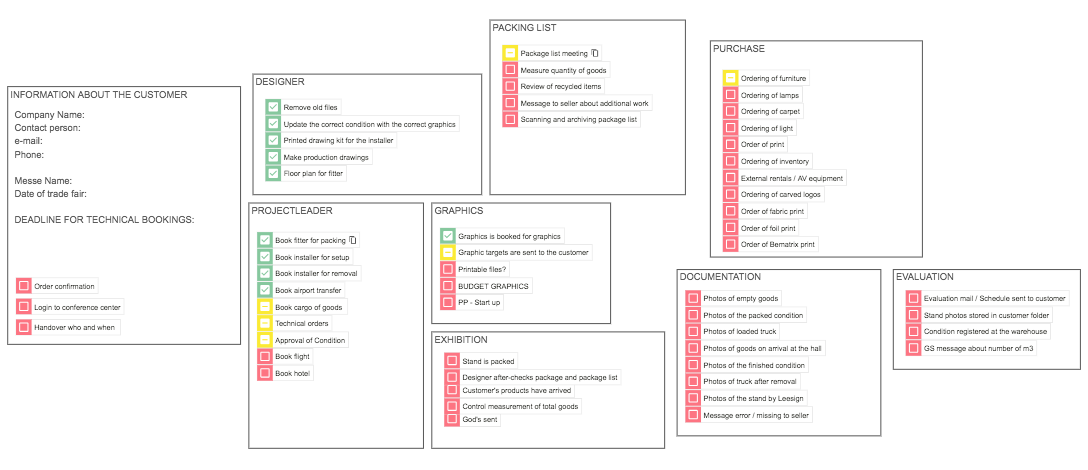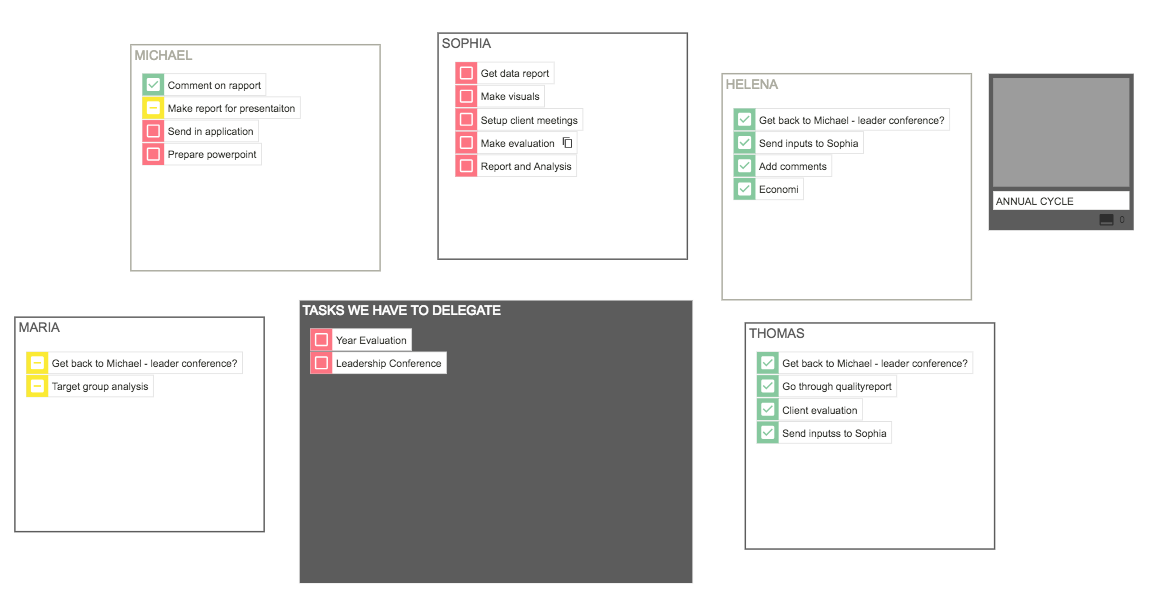Remote work – this is how we do it!
Remote work
– this is how
we do it!
– this is how
we do it!
Remote work – this is how we do it!
![]() Nanna Ulsøe Founder of Canvas Planner
Nanna Ulsøe Founder of Canvas Planner
October 2nd, 2018 – 4 min read
In Canvas Planner, we have a lot of experience working remotely (meaning independent of geography). We are in three different cities and have worked this way for over 4 years.
We know many people, in both our Danish and foreign network, who prefer the flexibility and freedom of remote work, and there is no doubt that it is becoming more and more widespread.
But it can be difficult.
Have you also tried to work in a team that is not in the same building or in the same city? If you have, then you know that it can be difficult to keep projects moving in the same direction and to keep a good overview of who is doing what.
When you are far apart, sharing knowledge is harder because you cannot just walk into the neighboring office and ask if your colleague knows something about, for example, the new system. All in all, remote teams are sometimes out of sync. It requires more calls and e-mails, and it takes time to keep the focus and direction of each meeting.
When established companies pull their employees back at the headquarters, we think it is due to poor communication and lack of overview. To some extent, this is because people work remotely in the same way they usually work in an office, and use e-mails and meetings (Skype etc.) in the same way.
We are convinced that you working remotely requires a different approach!
This is what you can do:
We believe that structure is crucial if you want a successful remote collaboration. Both in the form of structured communication culture, and also a structured, common overview.
Structure your communication
Working remote requires that you are clear and precise in your communication. It is important to be aware of this when you contact the others. This is one of the biggest behavioral communication difficulties. We often see ineffective habits, such as people asking questions while their colleagues are in the middle of something.
That behavior does not work for a remote team. Instead, the communication must be structured and this is where technology can help.
We recommend a communication solution such as Slack, where it is possible to create topic-based chats for different teams. This allows you to minimize e-mails and makes fast internal communication easier. It also limits the number of meetings since the entire team can participate in the dialogue.

Get a shared visual overview
Based on our own experience, we believe that a common, shared visual understanding can solve many of the challenges that may occur with remote teams.
Sharing a visual overview of a project and the assigned tasks makes it much easier to work together – even when you are not physically together.
This is an example of what a shared visual overview could look like in Canvas Planner:
Share documents in the cloud
It is a good idea to keep documents in the cloud so everyone can work on the same document. It saves a lot of time because there is no need to search for files that are attached to e-mails. We use Google Drive, and it has made our document collaboration smooth and easy since we can link the files to the visual overview.
Share your screen
Sometimes it can be very useful to share a screen. In this way, you can be sure that you are all approaching a task from the same starting point. For that purpose we prefer Zoom or Appear.in (if you use Chrome you don’t have to install the program).
Many see the flexibility of remote work as a huge plus when choosing a workplace. So working from home or from other locations and still having an overview makes a big difference to one’s work satisfaction. So if you have the opportunity, jump into it and become part of the remote work movement 🙂
If you have questions on how we did it, feel free to write to us.
In this blog post, we have not covered the human aspect. Remote work does require self-discipline, but that separate element.
Presentation of Canvas Planner
Get a 15 minutes online demo in front of your screen.









